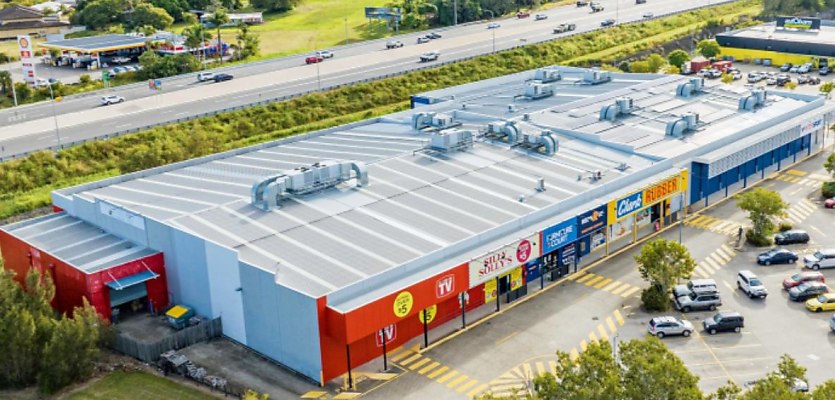In this retail subsector, demand is high and expected to continue based on population growth and the increased activity of private investors.
There are a total of 332 large format retail (LFR) – or “big-box store” – centres in Australia, and they are tightly held.
A new report from CBRE highlights why the investment class is likely set to experience further price rises in the years to come, even as institutional capital investment in the sector is not as robust as it once was.
The firm found that private buyers have more than picked up the slack, with large private buyers accounting for 66 per cent of transactions in the LFR sector in 2021, compared to 36 per cent in 2020.
According to CBRE head of retail research, Amita Mehra, buyer interest is expected to stay strong in the coming months and years, fuelled by shifting demographics and a limited supply pipeline.
“Australia’s population growth is expected to exceed 15 per cent between 2023 and 2033. This equates to an additional 4.43 million residents nationally by 2033. We anticipate an additional retail spend of $45 billion from migration related demand over 2024–2033,” Mehra explained.
An acute lack of supply over 2023, which saw new national retail floorspace coming to the market dip to a 10-year low, will add to the increase in retail demand and lift rents, which have stagnated off the back of pandemic-related shifts in shopping habits and spending patterns.
“After a flat 2023 where national LFR rents grew 0.1 per cent, the market is projected to rebound in 2024 with a 3 per cent increase. Rental growth will be led by Adelaide at 3.8 per cent, followed by Melbourne at 3.6 per cent, and Sydney rebounding to 2.6 per cent after declining 6.6 per cent in 2023. Brisbane and Perth are also forecasting healthy rental growth of 2.5 per cent and 2.1 per cent respectively in 2024,” Mehra said.
The LFR sector is also experiencing a change in tenant behaviour, with the so-called “lifestyle” stores showing a new interest in utilising big-box stores.
“Retailers and occupiers including Chemist Warehouse and Autobarn belong to this new category,” Mehra said.
“These retailers are not typical tenants, they represent a shift towards more day-to-day lifestyle offerings rather than fitting into traditional hardware or furniture categories. Notably, Chemist Warehouse is expanding from shopping centres to LFR spaces, which provide increased space, extended trading hours and lower rents,” she noted.
James Douglas, CBRE senior director of retail capital markets, added that interest in LFR is widespread, with demand coming from “metropolitan and strong regional locations, with investors attracted to forecast rental growth and retailers looking to expand their store networks”.
“Regional locations are benefiting from retailer expansion plans, with investors looking to capitalise on these strategies,” he said.
ABOUT THE AUTHOR
Juliet Helmke
Based in Sydney, Juliet Helmke has a broad range of reporting and editorial experience across the areas of business, technology, entertainment and the arts. She was formerly Senior Editor at The New York Observer.

Never miss a beat with
Stay across what’s happening in the Australian commercial property market by signing up to receive industry-specific news and policy alerts, agency updates, and insights from reb.
Subscribe to reb Commercial:







You are not authorised to post comments.
Comments will undergo moderation before they get published.